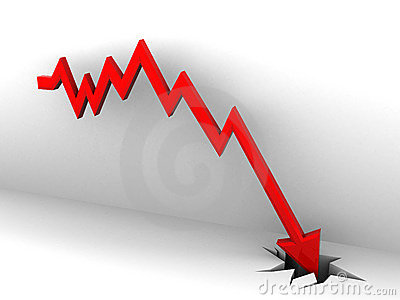
That’s the argument made by many MB commenters and today by Westpac’s Huw Mackay (of Phat Dragon fame) at the AFR.
…the most recent balance of payments data show that gross foreign purchases of Australian assets were 42 per cent debt and 58 per cent equity. Westpac proprietary customer data shows that foreign sovereign purchases of Australian fixed income products were about one-eighth of flows (including domestic players) over the past year. The case that sovereign inflows are now an important element in deficit financing is easy to make. Making the case that they are dominant across the entirety of Australian capital flows is much harder.
The attractiveness of Australian short-dated interest rates as a hedge against global Armageddon scenarios is a further driver of “non-productive” demand for the Australian dollar. The fact is that there is a considerable shortage of low risk assets available around the world with room for reasonable capital gains before they hit the nominal zero bound should a financial calamity strike.
…With the terms of trade now falling, the real exchange rate should depreciate. With monetary policy set as it is, the RBA is choosing to push more of the burden of adjustment on to the local economy, and less on to the nominal exchange rate, than has been traditional in the post-float era. Although foreign exchange intervention would be one way of returning balance to this equation, lowering interest rates would reduce the incentive for foreigners to hold and procure more Australian dollar assets and allow the interest rate and currency-sensitive elements of the domestic economy some needed breathing space.
Mackay ends by saying inflation is low so its within the RBA mandate to cut. Mackay is as elegant as usual. But I have have two issues with this analysis. The first is that nobody I know has argued that foreign sovereign flows into yield is a dominant factor “across the entirety of Australian capital flows”. Mckibbin and others have argued that the flows are substantial enough to make a difference. For instance, would we even be having this debate right now if the dollar were at 98 cents with a downtrend in place? I might add that a move upon sovereign flows would surely too put some doubt into the heads of the one-way bet currently assumed by the carry traders so it would have larger effects.
Second, it’s all well and good to tell the RBA to cut rates to lower the dollar without making reference to the key component of the Mckibbin position, which is that giving sovereign buyers freshly minted dollars won’t increase local money supply. It’s much harder to argue that cutting rates to lower the dollar is a good idea if you acknowledge that you still have a quite large housing and credit bubble you’re trying to deflate.
If Mackay had argued that the RBA could cut rates to lower the dollar and simultaneously use macroprudential policy to prevent a loosening in local liquidity (as well as an unintended credit expansion) then he’d have my ear.

